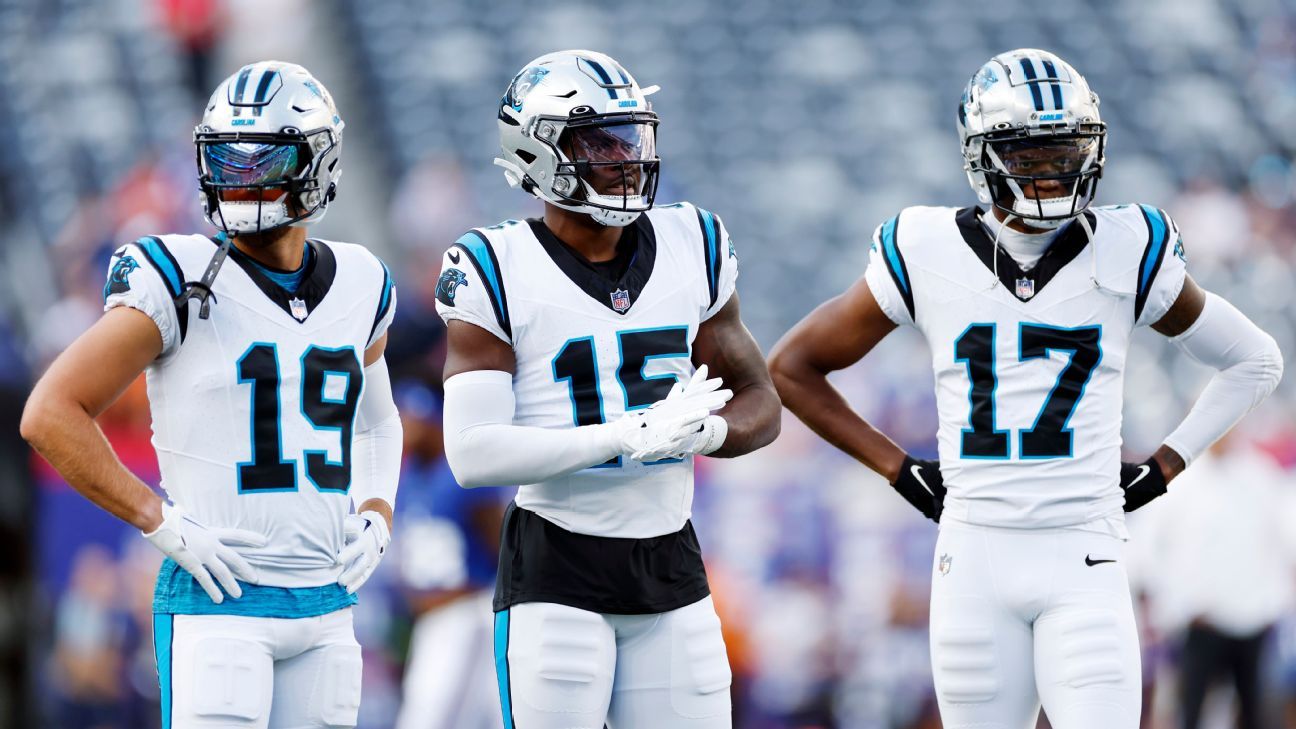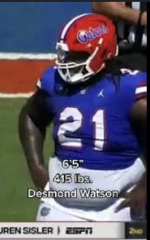See the link below. From the article:
”For decades, some NFL wide receivers have said they look better when they wear low numbers compared to the traditional range of 80 to 89. Now there is scientific research to back up that seemingly superficial sentiment.
A peer-reviewed study by UCLA researchers found that perception can be influenced by the associations made between numbers and size through the brain's cognitive process. The study, which will be published this week in the journal PLOS One, exposed subjects to images of different football jersey numbers to measure their perception of the person wearing it. The smaller the number, the more likely the subject was to perceive a slimmer player.
"We were surprised that there is a connection and then even more so surprised that the connection is so robust," said Ladan Shams, a cognitive neuroscientist who is a professor of psychology, neuroscience and bioengineering at UCLA. "It's not just when we contrasted large numbers with small ones. When we looked at the relationship between the ratings of size and slenderness and the numbers, [and] we did a very small range, like from 17 to 19, we see a very robust correlation."”

 www.espn.com
www.espn.com
I‘m going for bigger numbers.

”For decades, some NFL wide receivers have said they look better when they wear low numbers compared to the traditional range of 80 to 89. Now there is scientific research to back up that seemingly superficial sentiment.
A peer-reviewed study by UCLA researchers found that perception can be influenced by the associations made between numbers and size through the brain's cognitive process. The study, which will be published this week in the journal PLOS One, exposed subjects to images of different football jersey numbers to measure their perception of the person wearing it. The smaller the number, the more likely the subject was to perceive a slimmer player.
"We were surprised that there is a connection and then even more so surprised that the connection is so robust," said Ladan Shams, a cognitive neuroscientist who is a professor of psychology, neuroscience and bioengineering at UCLA. "It's not just when we contrasted large numbers with small ones. When we looked at the relationship between the ratings of size and slenderness and the numbers, [and] we did a very small range, like from 17 to 19, we see a very robust correlation."”

Dressed to the 10s: Small numbers seen as slim
A peer-reviewed study by UCLA researchers found that perception can be influenced by the associations made between numbers and size: The smaller the number, the more likely the subject was to perceive a slimmer player.
I‘m going for bigger numbers.
